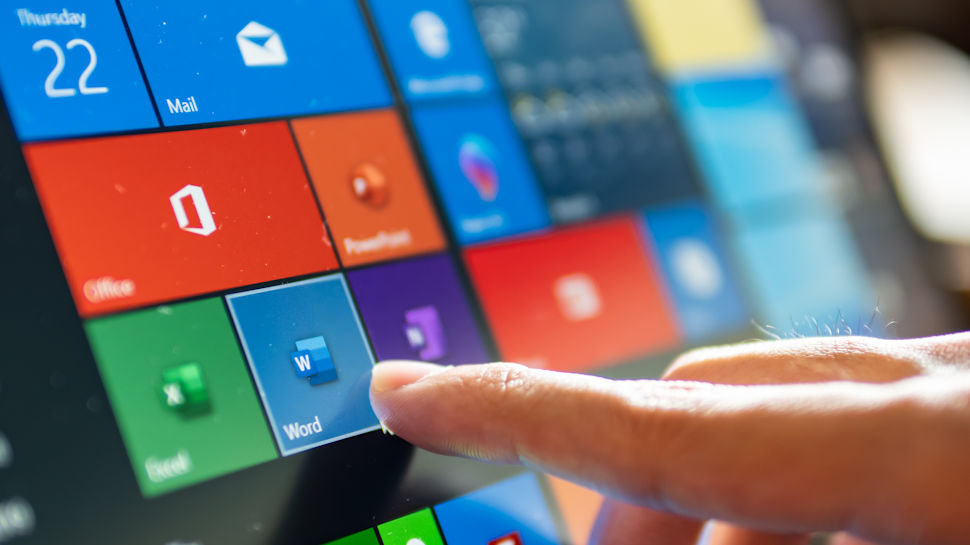Windows 10 appears to be getting one of the worst features recently added to the Windows 11 Start Menu

Windows 10 may be getting an unpopular change to the Start menu that Microsoft recently implemented in Windows 11, according to a new leak.
That’s the addition of an Account Manager section, and that extra bit of clutter in the Start menu may also be coming to Windows 10, as the functionality is currently in testing but not yet live.
The Start menu Account Manager from recent Windows 11 updates is being brought back to Windows 10. (Present in Beta/RP build 19045.4842, disabled by default.) pic.twitter.com/34Ub68flCtAugust 23, 2024
Leaker PhantomOfEarth on X made the discovery by sniffing around in a Windows 10 preview (build 19045.4842) and enabling the feature using a Windows configuration utility.
If this change is rolled out the same way it was in Windows 11, it means that instead of getting handy shortcuts to lock your PC or sign out of your account, when you click your profile picture (in the bottom left of the Start menu), you’ll get reminders (and promotions) for your Microsoft account (or potentially other services).
The aforementioned shortcuts haven’t been removed, but instead they’ve been tucked away in the new panel, which is accessible via a three-dot menu. Note that the three-dot menu doesn’t do anything in Windows 10 yet, which underscores that this feature isn’t complete yet—it’s just running in the background for now.

Analysis: The unfortunate downside of Windows 10’s feature thaw
We should remember that this isn’t even in testing yet, but with the work going on under the hood and the fact that it’s already live in Windows 11 – as well as Microsoft’s general push for more promotional-leaning-towards-advertising stuff in both operating systems – it seems pretty likely that this will happen. We shouldn’t count our UI anomalies until it comes out, though.
This is a particularly annoying one, as it buries useful functionality – or at least shortcuts that some Windows users use – behind an extra click (on that three-dot menu). It’s a permanent inconvenience for those affected, while providing nothing really useful in the way of an addition, and the feedback about it has been pretty bitter as a result.
In light of this, it may be a little surprising that Microsoft is moving forward with this change in Windows 10, but again, we can’t be certain the change will also roll out to the older operating system.
At one point last year, Microsoft froze work on Windows 10, and we thought the operating system would only get security updates until it reached End of Life. Then the software giant reversed course and continued to release features for Windows 10, but here we see the (potential) downside of that constant development – where messy “features” that no one really wants are also being ported back from Windows 11.
That said, we wouldn’t want to see Windows 10 development halted to avoid issues like this, though Microsoft will undoubtedly stop working on the older operating system soon. After all, Windows 10 support ends in just over a year.




